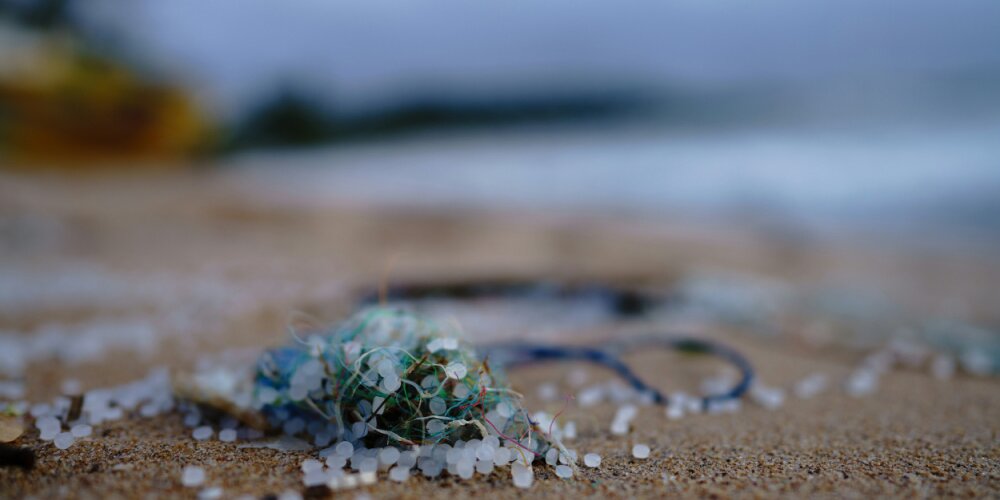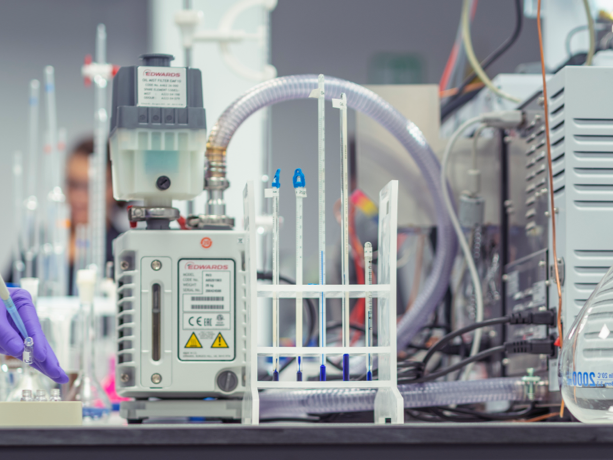New Plant-Based Plastic Releases Less Microplastic

Over the past few decades, we’ve seen a surge of interest in finding new and alternative materials to replace more harmful or environmentally damaging products from daily life – and plastic is one of the big ones. Typically made with petroleum-based materials, plastics are used across dozens of industries because they’re flexible, durable and long-lasting.
However, it’s this longevity that tends to cause problems (outside of the finite base material). Unlike biomass, plastic doesn’t degrade effectively. And, when it does break down, it tends to break into tiny fragments called microplastics that can still take up to 1,000 years to degrade.
Microplastics are a hot topic, as they can exist in water for decades, and are now being found across areas in which they can cause potential additional harm. So, it’s vital that we look for new ways to remove or reduce the number of microplastics released into the environment.
This is where a new study comes in. Conducted by a mixed research team from the University of Portsmouth and the Flanders Marine Institute (VLIZ) in Belgium, this study explores the differences in microplastic release between a conventional and plant-based plastic under extreme conditions.
To make the comparison, the team used polypropylene and polylactic acid (PLA). Polypropylene is a common petroleum-based plastic used in everything from food packaging to automotive door trims, whilst polylactic acid is a plant-based plastic (often made from cornstarch or sugar cane) that can be used in disposable cutlery and packaging.
These were then exposed to intense UV light and seawater for 57 and 76 days, to simulate conditions similar to approximately 18 months and two years of sun exposure in Central Europe respectively. Under these experimental conditions, the team discovered that the plant-based PLA released around nine times fewer microplastics compared to the polypropylene.
This information is vital, and could make a huge difference to the environmental impact of plastic usage. According to Hom Dhakal, a Professor of Mechanical Engineering and member of the research team, ‘by knowing the effect of different types of plastics on the environment, we can make better choices to protect our oceans.’
However, it’s worth noting that despite there being fewer microplastics released overall, this isn’t a perfect solution. Dhakal explains that although the use of plant-based plastics over conventional ones can seem like a good idea to reduce our environmental impact, ‘we need to be careful, as microplastics are still clearly being released and that remains a concern.’
There is still work to be done, and more important research into the behaviour of plastics for us to reduce our environmental impact – but plant-based plastics with fewer microplastics are certainly a good starting place.
Materials testing at The Lab
Whether you’re looking for more information about your products, or need an in-depth analysis and failure investigation, the team at The Lab is here to help you. Our experts have a wide knowledge base and experience to provide you with accurate and trustworthy advice.
Speak to one of our team today for an obligation-free consultation with The Lab.
Discover our materials testing services today
For more advice, information, and industry insights, explore The Lab’s News and Knowledge Hub…
Researchers Test New Method to Produce Green Hydrogen | Scientists Convert Sewage Sludge into Activated Carbon | Scientists Unveil New Technology to Improve Biofuel Production
- Author
- Dr Holly Edwards
- Date
- 24/06/2024
